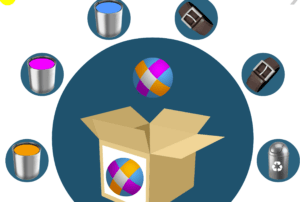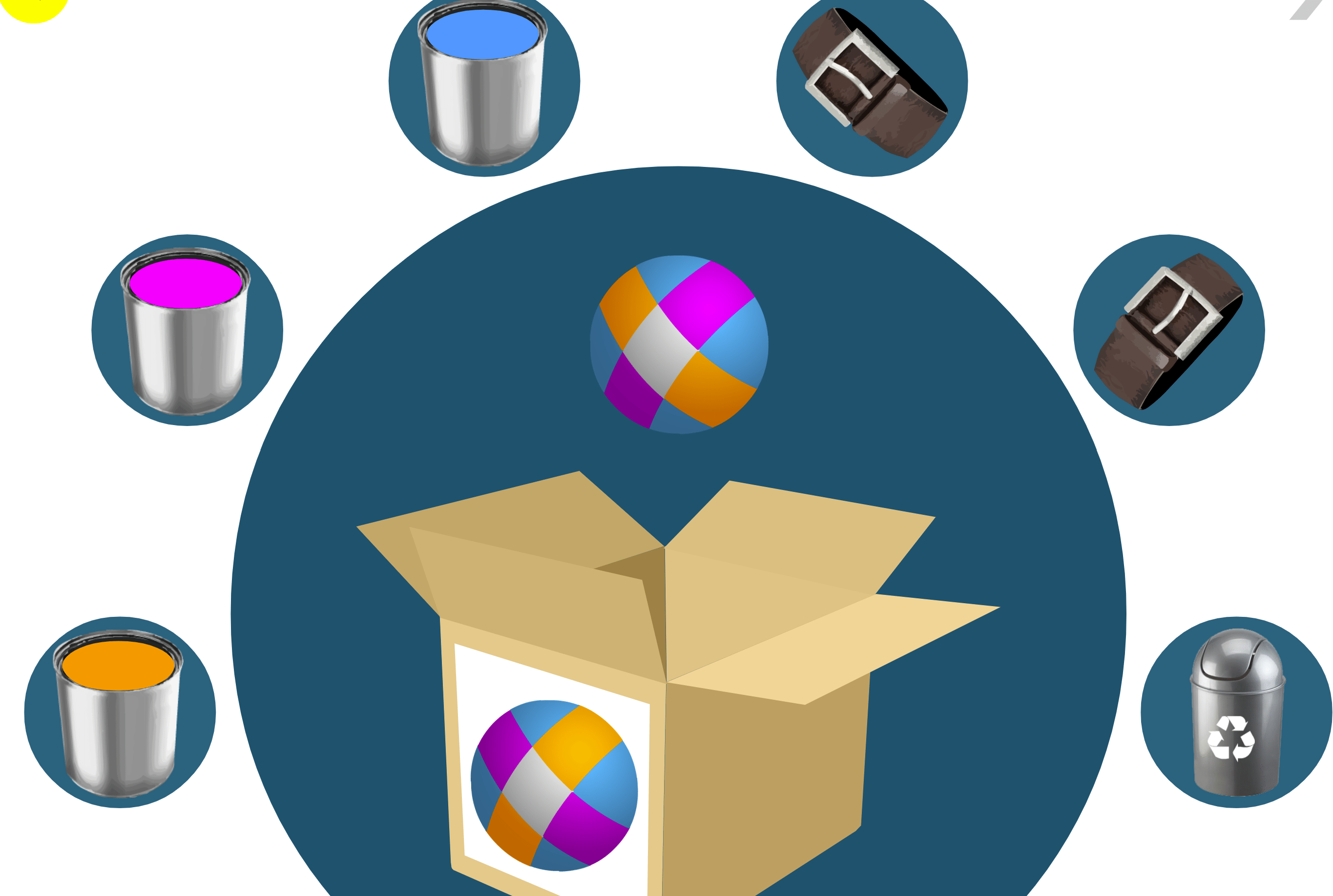For my critical play of puzzle games I chose to play Factory Balls which was created in 2008 by Bart Bonte for an audience of mainly children-young teenagers. The game is platformed online at bartbonte.com as well as on steam. Through my playthrough of the game, I determined that Factory balls uses both the default mechanics and the slow addition of new mechanics as a means of teaching the player strategy and intuition to solve the puzzles. Factory balls is a game where you are given a reference image and you must use the tools at your disposal in order to paint a blank ball to match the reference. In the first level of the game, you start with two color paints and a hat, which blocks a paint color from painting the top half of the ball. My first few levels, I basically just randomly clicked around as I got my footing in how to play/win the puzzle. However, the mechanics I had available to me served as clues for how I could solve each of the puzzles. In each round every one of the tools you have available to place on the ball must be used in order to get the correct design. Therefore, the player is trained intuitively to look for the order to use each of these default tools, rather than having to guess which tools should be used. I think that if each round featured objects that may not be necessary to solve the puzzle, players would have a much harder time solving the puzzles, so I believe that this was an intentional choice by game designers to appeal to the short attention span of their audience. With the addition of a new tools, for example goggles which allowed me to add the silhouette of a new shape, I had to take time strategizing the order I needed to place paints in order to create the correct design on the ball. I had difficulty grasping this added visualization step before I was able to successfully paint the right design, however in the following levels, I was able to quickly and easily adapt the strategies I had learned in order to solve the puzzles with increasingly difficult designs. For example, one of the following puzzles featured a design that required two pairs of goggles instead of one, but I was able to use the intuition I built in the aforementioned level to instantly recognize that I may need to put down the innermost color only after painting and covering outer layers. This intuition was transferable to other designs, and I was able to recognize strategy for vastly different designs that sitll used the same principle, for example one design that featured a square in the middle that had to remain unpainted (pictured).  This pattern of new mechanics serving as a tutorial for strategy within the game continued to be exemplified as I played more levels. For example, at around level 10 I was introduced to a new mechanic: bags of grass seeds and flower seeds and a watering can. Instead of just throwing paint on the balls, the watering can could be used to grow the grass to different life cycles, changing the ball’s appearance in a different way. The first time I saw these new tools, I had to test them by throwing different seeds and watering them to see what the different stages looked like. In following levels though, I was able to instantly visualize which seeds and how many times I would need to click the watering can in order to match the reference photo. In this way, I experienced first hand the ways that factory balls builds new intuition and strategy in its players through new and existing mechanics of various tools.
This pattern of new mechanics serving as a tutorial for strategy within the game continued to be exemplified as I played more levels. For example, at around level 10 I was introduced to a new mechanic: bags of grass seeds and flower seeds and a watering can. Instead of just throwing paint on the balls, the watering can could be used to grow the grass to different life cycles, changing the ball’s appearance in a different way. The first time I saw these new tools, I had to test them by throwing different seeds and watering them to see what the different stages looked like. In following levels though, I was able to instantly visualize which seeds and how many times I would need to click the watering can in order to match the reference photo. In this way, I experienced first hand the ways that factory balls builds new intuition and strategy in its players through new and existing mechanics of various tools.

The Mechanics of Magic
Game Design Writings by Students at Stanford taking 247G and 377G



